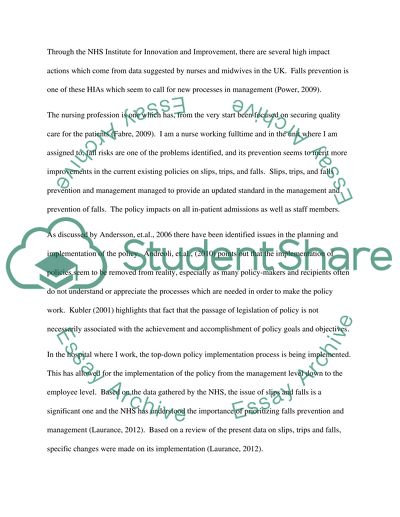Cite this document
(“Select and critically appraise a policy document that is relevant to Essay”, n.d.)
Retrieved from https://studentshare.org/nursing/1471542-select-and-critically-appraise-a-policy-document
Retrieved from https://studentshare.org/nursing/1471542-select-and-critically-appraise-a-policy-document
(Select and Critically Appraise a Policy Document That Is Relevant to Essay)
https://studentshare.org/nursing/1471542-select-and-critically-appraise-a-policy-document.
https://studentshare.org/nursing/1471542-select-and-critically-appraise-a-policy-document.
“Select and Critically Appraise a Policy Document That Is Relevant to Essay”, n.d. https://studentshare.org/nursing/1471542-select-and-critically-appraise-a-policy-document.


